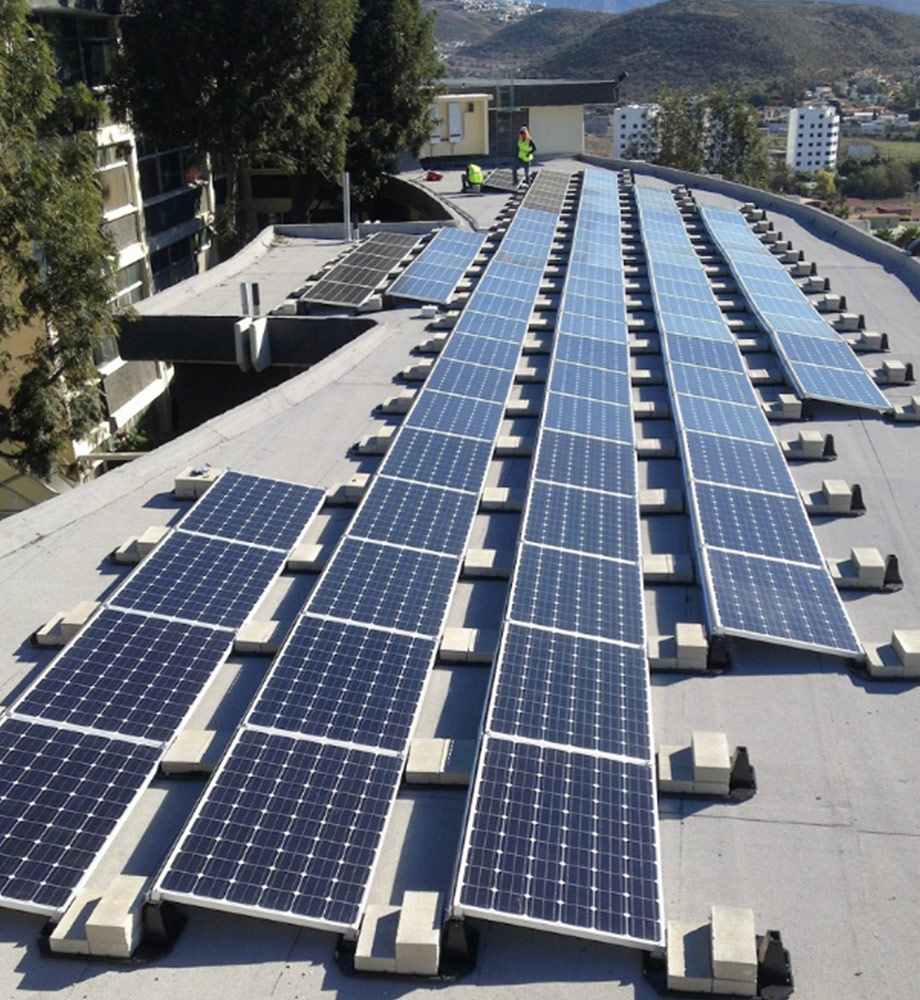Key Features
- Tailored Construction: Core can be metal, FRP, or wood, with FRP facings – blending rigidity, flame resistance, and damping.
- Multifunctional: Can integrate electrical grounding planes or EMI shielding by using metal cores behind FRP skins.
- Balanced Properties: By choosing core and face materials, designers tune the panel for weight, strength, sound insulation, or thermal resistance.
Benefits
- Optimized Performance: Get specific advantages (e.g. stiffness of FRP with fire resistance of steel core) in one panel.
- Cost Efficiency: Use lower-cost core (e.g. aluminum honeycomb) under high-performance FRP skins.
- Versatility: Suitable for applications that standard panels cannot meet (heavy-load floor panels, ballistic protection panels, etc.).
Applications
- Specialty architectural cladding and partitions.
- Building and marine composite decks (FRP face on aluminum substructure).
- HVAC ducting panels (FRP skin with metal core for fire safety).
Technical Specifications
- Material Combinations: Examples include glass-fiber skins + aluminum honeycomb core, or FRP skins + plywood core + metal face.
- Thickness Range: Depends on core; metal-core panels often 20–100 mm thick.
- Performance: Varies widely; custom engineered to meet project specs (often tested per ASTM standards).
Unique Selling Points (USPs)
- Multi-Layer Innovation: Hybrid panels push beyond single-material limits (e.g. weight vs flame spread).
- Designer Control: Engineers can “dial in” exactly the trade-off needed between weight and other attributes.
- Exclusive Solutions: Some hybrid panels are proprietary, developed for specific high-tech industry clients.

